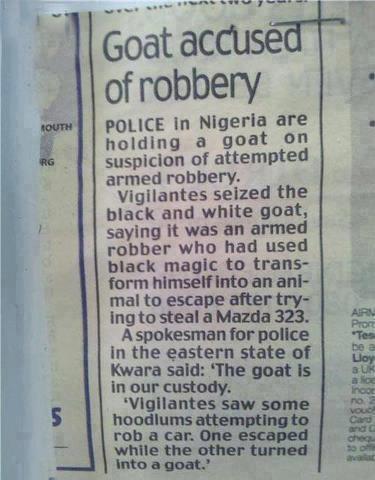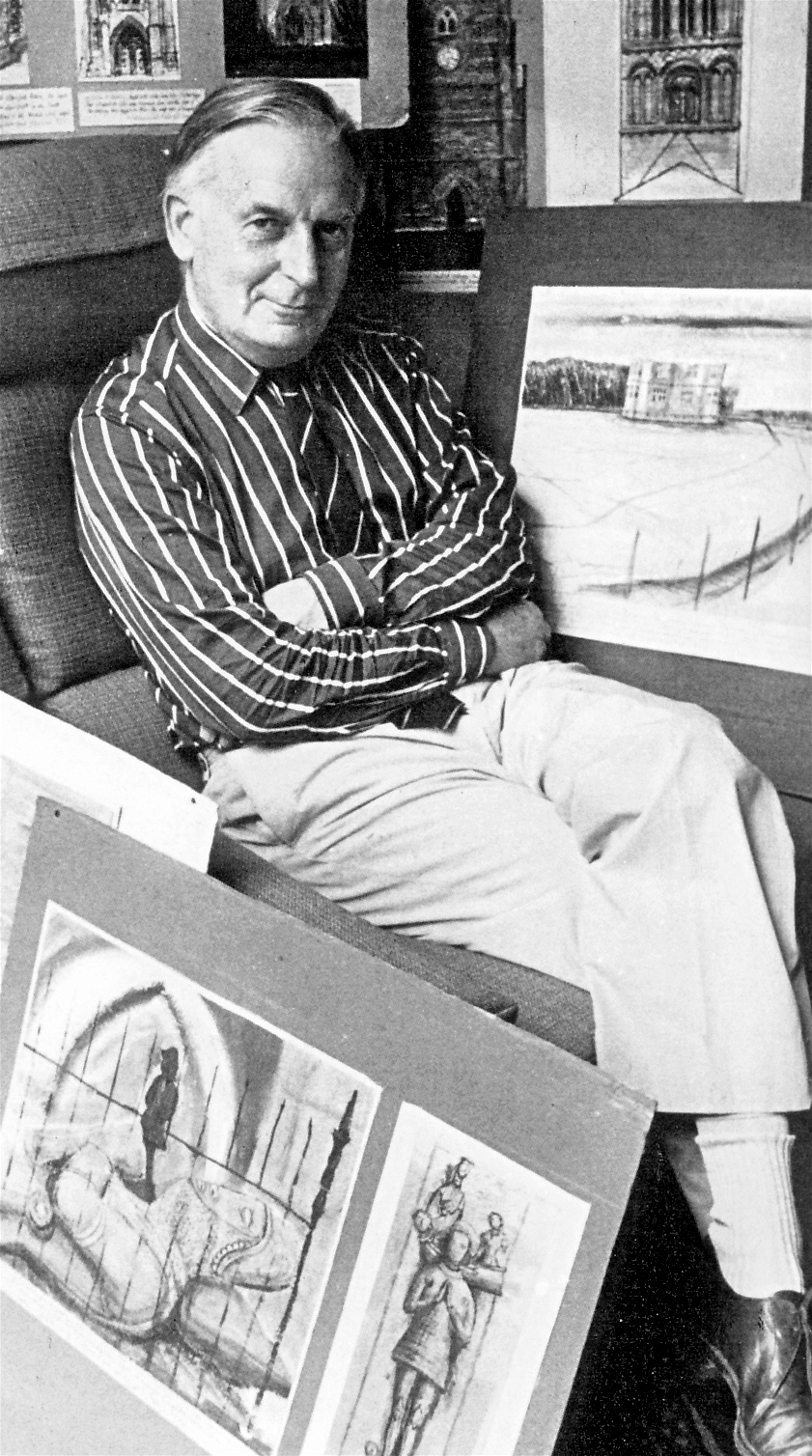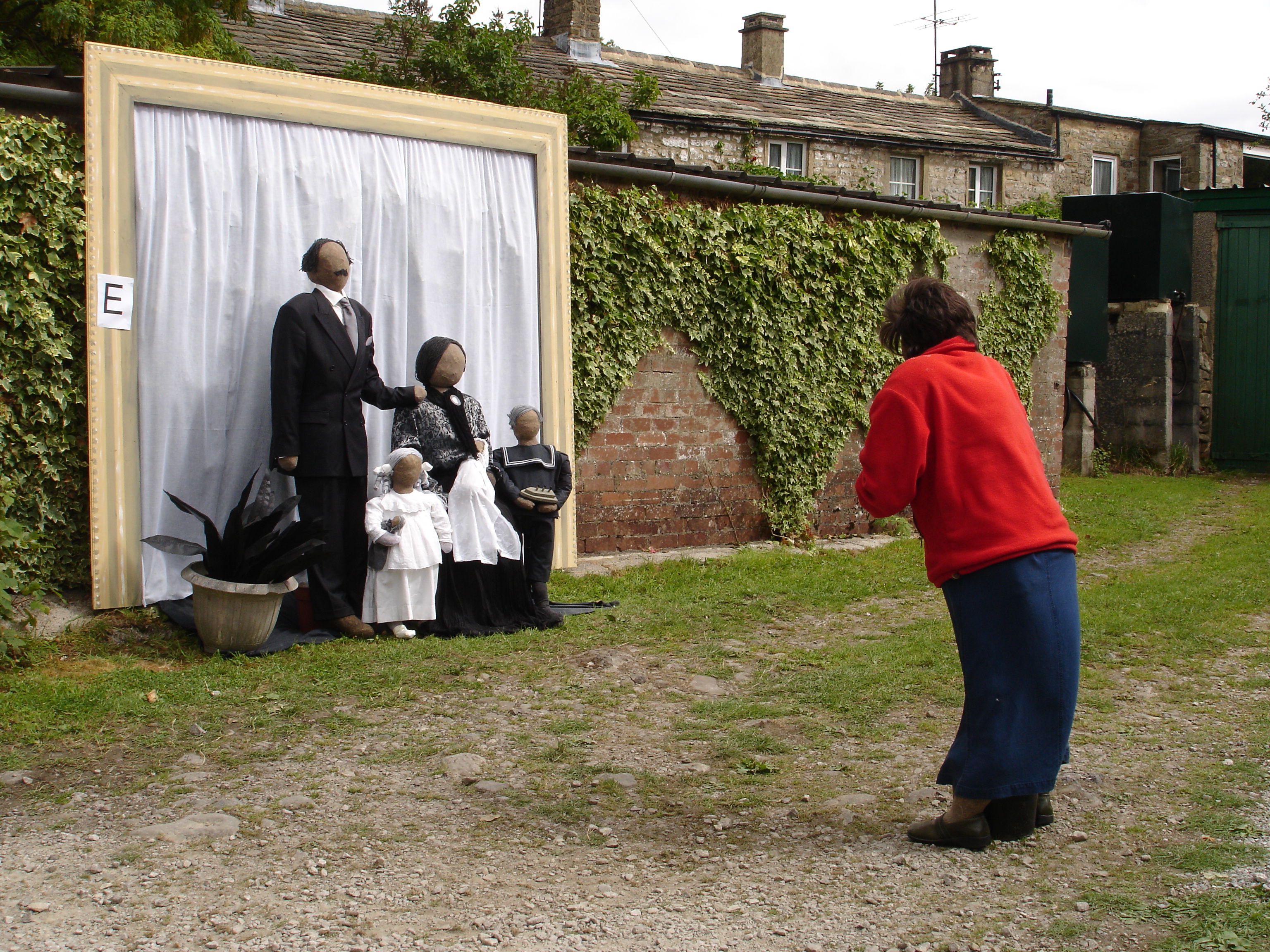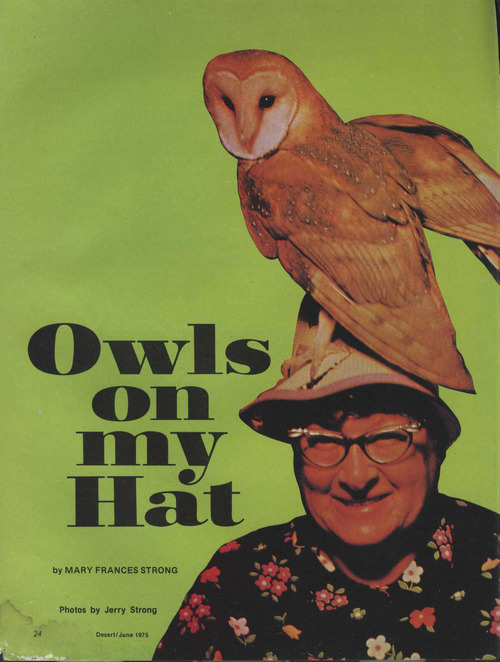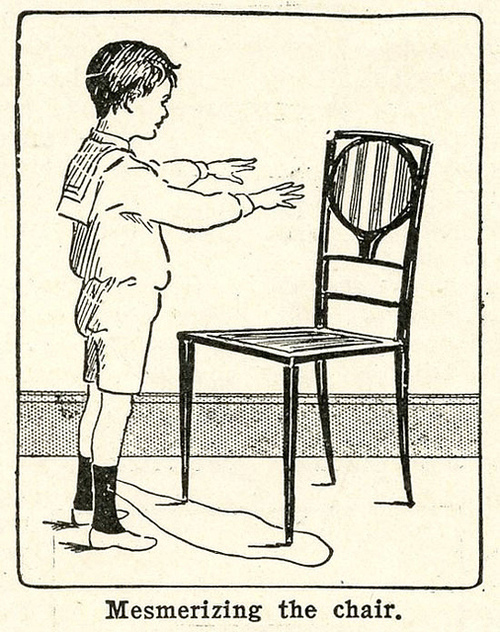Rayner Heppenstall’s 1943 novel Saturnine opens with the following “Acknowledgements And Disclaimer”:
Fragments of this narrative have appeared in Harper’s Bazaar, Kingdom Come, The New English Weekly and Partisan Review. It is fiction. Outside pp. 130-134, all the characters are imaginary, and no further reference is made to a living or recently deceased person except Messrs. L. N. Fowler of Ludgate Circus, Dr. Pearson of the Middlesex Hospital, the Grand Duke Cyril of Russia, Lifar, de Basil, Balanchine, Nijinsky, Legat and Diaghilev of the Russian ballet, Lawrence of Arabia and D. H. Lawrence, Duke Ellington, the late Canon H. R. L. Sheppard, Jessie Matthews and Sonnie Hale, Isobel Baillie and Anna Wickham, Lady Astor, Henry Moore and Ben Nicholson, Gabo, Miró and George Bernanos, Gordon Craig, Heifetz and Rudolf Steiner, a number of all-in wrestlers and Joe E. Brown, Clark Gable and the Chinese naval attaché, Marshal Pétain, M. Stalin and Mr. Winston Churchill, the late Mr. Neville Chamberlain, the Hangman and the reigning house of this realm.


